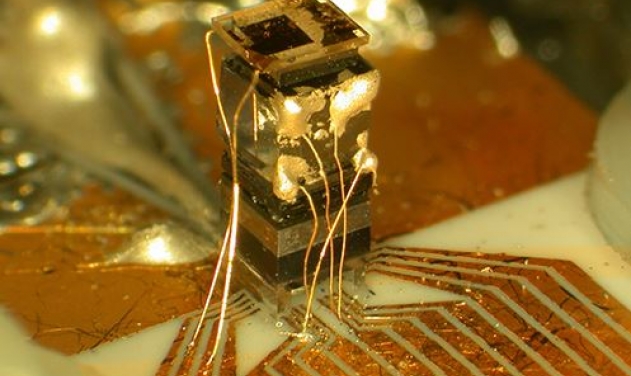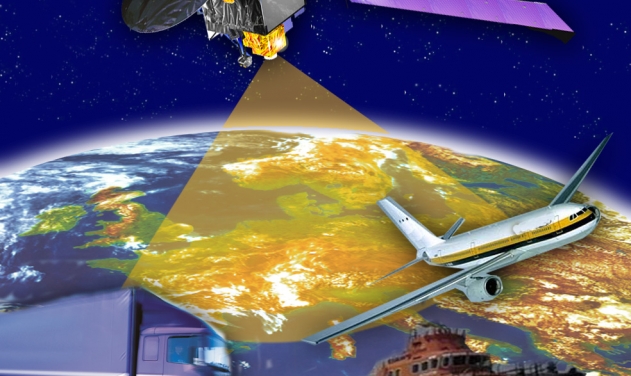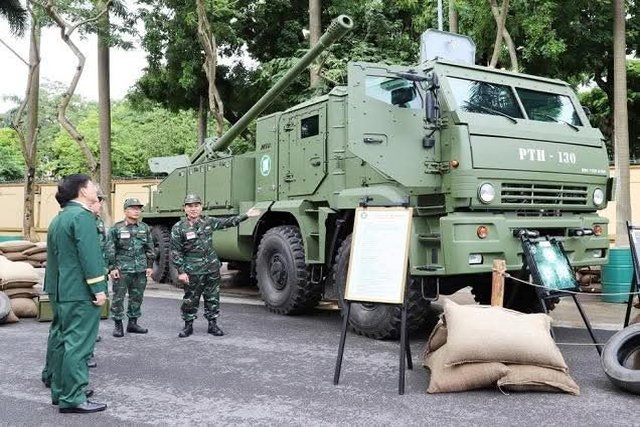DARPA to Develop Robust Optical Clocks to Replace GPS Atomic Clocks

The U.S. Defense Advanced Research Projects Agency (DARPA) has announced the Robust Optical Clock Network (ROCkN) program, which aims to create optical atomic clocks with low size, weight, and power (SWaP) that yield timing accuracy and holdover better than GPS atomic clocks and can be used outside a laboratory.
Synchronizing time in modern warfare – down to billionths and trillionths of a second – is critical for mission success. High-tech missiles, sensors, aircraft, ships, and artillery all rely on atomic clocks on GPS satellites for nanosecond timing accuracy. A timing error of just a few billionths of a second can translate to positioning being off by a meter or more. If GPS were jammed by an adversary, time synchronization would rapidly deteriorate and threaten military operations.
ROCkN will leverage DARPA-funded research over the past couple decades that has led to lab demonstration of the world’s most precise optical atomic clocks.1 ROCkN clocks will not be as precise as the best lab optical clocks, but they will surpass current atomic clocks in both precision and holdover while maintaining low SWaP in a robust package.
“The goal is to transition optical atomic clocks from elaborate laboratory configurations to small and robust versions that can operate outside the lab,” said Tatjana Curcic, program manager in DARPA’s Defense Sciences Office. “If we’re successful, these optical clocks would provide a 100x increase in precision, or decrease in timing error, over existing microwave atomic clocks, and demonstrate improved holdover of nanosecond timing precision from a few hours to a month. This program could create many of the critical technologies, components, and demonstrations leading to a potential future networked clock architecture.”
The program is divided into two technical areas: The first focuses on developing a robust, high-precision small portable optical clock. The second area focuses on building a larger, but still transportable, optical clock with unprecedented holdover performance.
In the first area, performers will be tasked to design a portable optical atomic clock that could fit on a fighter jet or satellite providing picosecond (trillionth of a second) accuracy for 100 seconds. The clock will need to withstand temperature, acceleration, and vibrational noise for use on board aircraft, vehicles, or satellites.
The second technical area calls for performers to develop an optical atomic clock in a transportable package that could fit on a Navy ship or in a field tent to provide GPS-equivalent, nanosecond precision for 30 days in the absence of GPS.
ROCkN is a four-year program consisting of two, two-year phases. In Phase 1, performers in both technical areas will develop a physics package to demonstrate the technology, and in Phase 2 performers will be tasked to develop fully operational clocks. At the end of the program, synchronization between stationary, mobile, and airborne clocks will be demonstrated with timing precision sufficient for 100 GHz distributed coherence.












